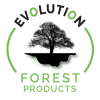Merbau is a popular hardwood from South East Asia used in a wide range of applications; from construction to indoor and outdoor furniture.
Kwila, Ipil, Vesi, Johnstone River Teak or Scrub Mahogany
Insia Bijuga
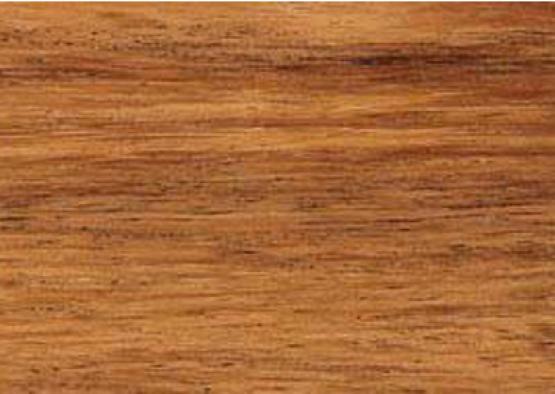
Shrinkage
| Very Low | Low | Medium | High | Very High | |
|---|---|---|---|---|---|

|

|
||||
Tangential : |
2.50%
|
||||
Radial : |
1.20%
|
||||
Unit Movement Tangential: |
0.30%
|
||||
Unit Movement Radial: |
0.19%
|
Strength Group

Very High |
High |
Reasonably High |
Medium High |
Medium |
Reasonably Low |
Low |
Very Low |
||
Unseasoned: |
S1 |
S2 |
S3 |
S4 |
S5 |
S6 |
S7 |
S8 |
|
|---|---|---|---|---|---|---|---|---|---|
 |
|||||||||
Seasoned: |
SD1 |
SD2 |
SD3 |
SD4 |
SD5 |
SD6 |
SD7 |
SD8 |
|
 |
Stress Grade

| Structural No. 1 |
Structural No. 2 |
Structural No. 3 |
Structural No. 4 |
Structural No. 5 |
|
Unseasoned: |
F27 |
F17 |
F14 |
F11 |
F8 |
Seasoned: |
F27 |
F22 |
F17 |
F14 |
F11 |
Density per Standard

Seasoned: |
860kg/m3
|
|---|---|
Unseasoned: |
1150kg/m3
|
Joint Group

Very High |
High |
Reasonably High |
Medium |
Low |
Very Low |
|
Unseasoned: |
J1 |
J2 |
J3 |
J4 |
J5 |
J6 |
|---|---|---|---|---|---|---|
 |
||||||
Seasoned: |
JD1 |
JD2 |
JD3 |
JD4 |
JD5 |
JD6 |
 |
Colour

| White, yellow, pale straw to light brown | Pink to pink brown | Light to dark red | Brown, chocolate, mottled or streaky | |
 |
||||
Mechanical Properties
Modulus of Rupture - Unseasoned: |
118
|
|---|---|
Modulus of Rupture - Seasoned: |
147
|
Modulus of Elasticity - Unseasoned: |
15
|
Modulus of Elasticity - Seasoned: |
18
|
Maximum Crushing Strength - Unseasoned:  |
59
|
Maximum Crushing Strength - Seasoned: |
82
|
Impact - Unseasoned: |
18
|
Impact - Seasoned: |
7.7-14
|
Toughness - Unseasoned: |
Medium - 15 - 24 Nm
|
Toughness - Seasoned: |
Medium - 15 - 24 Nm
|
Hardness - Unseasoned: |
7.6
|
Hardness - Seasoned: |
8.5
|
Durability
| Low | Moderate | Reasonably High | High | |
| (0 - 5 yrs) | (5 - 15 yrs) | (15 - 25 yrs) | (more than 25 yrs) | |
In-Ground: |
 |
|||
| (0 - 7 yrs) | (7 - 15 yrs) | (15 - 40 yrs) | (More than 40 yrs) | |
Above ground: |
 |
|||
| (0 - 20 yrs, usually < 5) | (21 - 40 yrs) | (41 - 64 yrs) | (More than 60 yrs) | |
Marine Borer Resistance: |
 |
Lyctid Borer Susceptibility: |
Susceptible |
|---|---|
Lyctid Borer Susceptibility - Other: |
|
Termite Resistance: |
Resistant
|
Fire Properties
| 0 | 1 | 2 | 3 | 4 | 5 | 6 | 7 | 8 | 9 | 10 | |
EFH Spread-of-Flame Index: |
|||||||||||
EFH Smoke-Developed Index: |
| 1 - non-combustible | 2 - reasonably non-combustible | 3 - slightly combustible | 4 - combustible | |
Fire Properties Group |
Average Specific Extinction Area: |
<250
|
|---|---|
Bushfire Resistance: |
BAL 12.5, 19 and 29 – All AS3959 required applications
|
Merbau grows in Australia in a specific region by the Johnstone River and in the Daintree area of Far North Queensland. It is often referred to as Johnstone River teak or scrub mahogany.
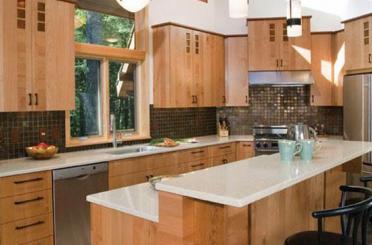
Joinery
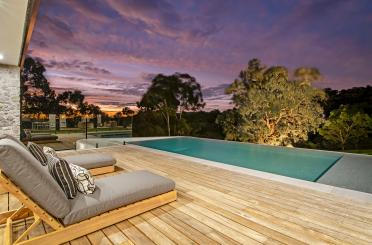
Decking
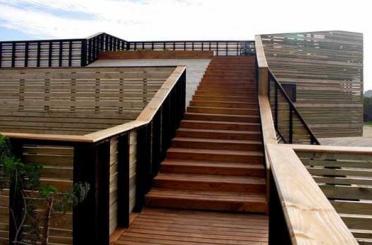
Stairs, Exterior
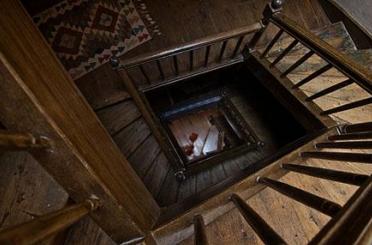
Rails and Balustrades, Interior
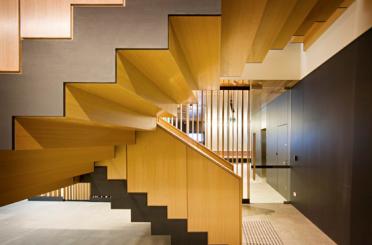
Stairs, Interior
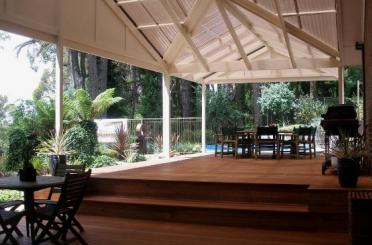
Pergolas
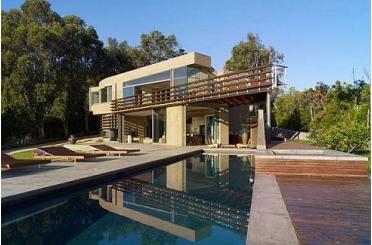
Rails and Balustrades, Exterior
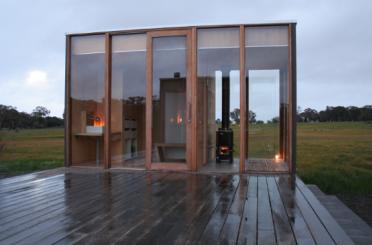
Windows
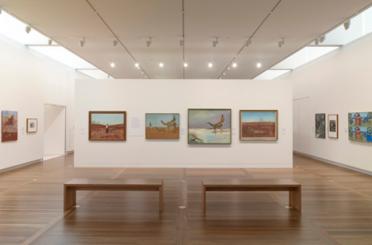
Flooring

A. Lewis & Co. PTY LTD
Allied Forest Products

ATS Building Products
Austim Pty Ltd
Australian Timber

Binq Windows & Doors

Branches Timbercraft

Cameron's H Hardware

Coffs Harbour Hardwoods
Decking Perth
Dekhar Outdoors

Fewings Joinery Pty Ltd
Franz Building Supplies

Garde Timber Pty Ltd
Hammersmith
Lemlex Joinery

Ludbrook’s Joinery
M1 Timber Works Pty Ltd

McKay Joinery

Meyer Timber Pty. Ltd.

Payne Timber Products

Precision Decking

Ridgewood Timber Pty Ltd

Simmonds
T-Pac Lumber Pty Ltd

Tasman K.B Pty Ltd

Teal Windows Pty Ltd

The Log Factory

The Woodworkers Company

Timbertruss Northside

TLB Timber

TwentyOne (21) Timbers





